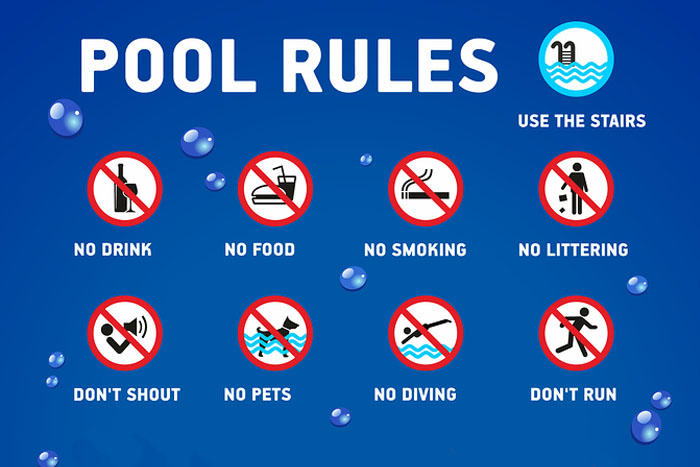Tips On Treating The Type Of Algae In Your Pool

Reasons To Have Your Swimming Pool Remodeling
December 7, 2020
10 Exercises To Do In The Pool That You Should Try
February 8, 2021Tips On Treating The Type Of Algae In Your Pool

There is nothing quite like looking out over the crystal clear water in your swimming pool however even unexpected guest will come by and ruined the view of your pool which is algae. When you see algae in your swimming pool, it's the first indicator has gone wrong but algae outbreaks in your pool can be easily identify and handle if you do the right procedure.
Types of Algae and How to Treat Them
Mustard Algae
The mustard algae is yellowish in color and it is categorise as free-floating algae. Mustard algae loosely clings to the walls of your pool and you can easily brush it away. Beside that, mustard algae grows in a slower rate than green algae still it is not easy to be destroy. Furthermore, by the time you spotted this type of algae growing in your pool, it is probably infested your pool for several weeks and since these algae live within the dark places of your pool like the filters and plumbing fixtures, it could be hard to see and mange the algae within the tight spaces.
When it comes to treating mustard algae, it is important to use an algaecide that is specifically formulated to treat this kind of algae which is recommended to use copper-based algaecide. On the other hand, because this type of algae is so difficult to control, you may have to treat it multiple times until you finally get rid of it in your swimming pool.
Green Algae
The green algae is a common type of algae found in swimming pools and it is categorize as free-floating algae. On the other hand, if there is an opening from any lack of sanitization in your pool for algae to form, it will quickly infest your swimming pool . For instance, after a rain green algae can suddenly appear in your pool, even though the water in the pool was perfectly clear before, this is because rainstorms feed algae with nitrogen and also destroys chlorine residuals.
When it comes to treating green algae in your pool, your best method is to prevent it. By using a good algaecide in your regular pool maintenance program, you can prevent green algae from growing even if a rainstorm hits or a mistake have been made while you are doing your sanitizing program. Nevertheless, if you spot algae from your pool it is better to take action immediately, it is recommended to use algaecide to kill the existing algae and also prevents renewed growth of the algae. Just a gentle reminder, green algae is much easier to prevent than it is to treat it.
Black Algae
This type of algae grows on localized pool surfaces such a wall or in the deep end and it is considered as the most difficult algae to kill because it actually protects itself from your efforts. Moreover, black algae can develop a specialized cells that penetrate deeply into the pores of your pool's surface even chlorine cannot penetrate into these deep pores and it also can form an outer layer of waxy coat that keeps chlorine or even algaecide from penetrating it. That is why it is important to prevent black algae from ever growing in your pool with an algaecide specifically designed for it.
When it comes to cleaning black algae, you should start by purchasing an algaecide with penetrating agent because it is a must to kill all the algae cells to prevent the algae from growing back. The penetrating agent is needed to penetrate the deep pores and cut though the algae's waxy coat with a wetting action that does not exist in chlorine. Furthermore, you need to be aware of your pool's circulation because when an area of your pool does not get enough circulation, the fresh water, algaecide, or sanitizer cannot get to it with any regularity and these areas are where black algae usually begins to grow.
If you need to bring black algae under control, follow these steps:
- if areas of your pool suffer from inadequate circulation, correct them.
- Using a pool brush to brush the algae colonies to break the waxy coating that protects the algae.
- Add an algaecide specifically formulated for black algae.
- Use your pool brush to brush the algae colony every day to remove any dead surface cells and expose the underlying ones, that will allow the penetrating algaecide to kill them.
Remember, your poll professional is the best source for questions when it comes to treating algae in your swimming pool. If you are unsure how to treat an infestation, be sure to call for professional advice.

